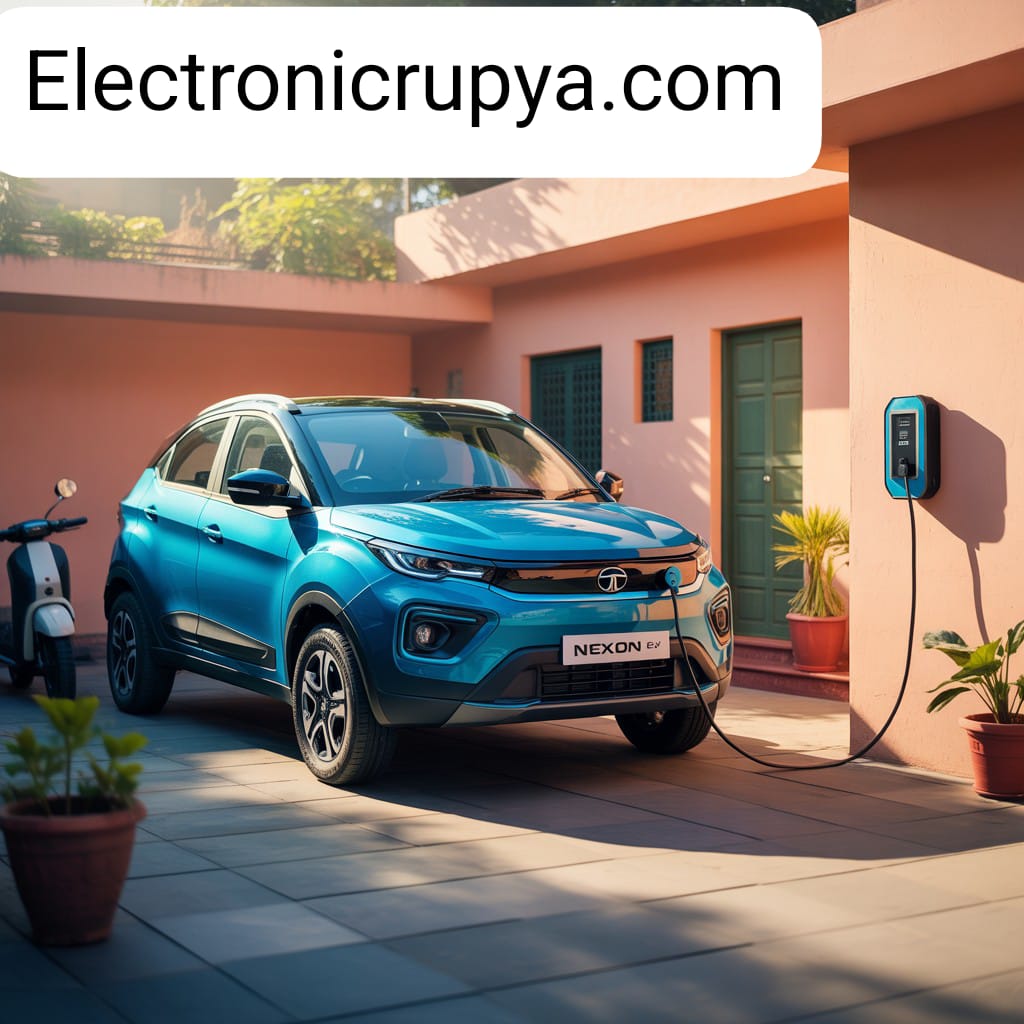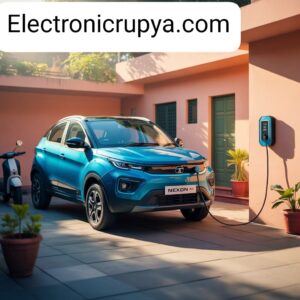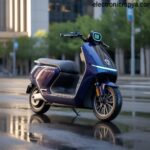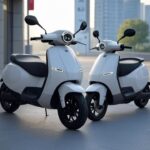fast charging stations
Electric Vehicles (EVs) are becoming more and more popular these days. With rising petrol and diesel prices, and concerns about pollution and climate change, people are now turning towards eco-friendly options like EVs. But one of the most important things that needs to grow with the increase in electric cars is the charging infrastructure. Just like petrol pumps for normal vehicles, EVs need charging stations. In this article, I’ll talk about two major types of EV charging solutions Fast Charging Stations and Home Setup and explain how both are helping us move
toward a greener and cleaner future.
Why Charging Infrastructure is Important.
Before jumping into the types of charging, let’s understand why EV charging infrastructure is so important. Imagine having an EV and not knowing where to charge it — that would make daily travel stressful. Unlike petrol pumps, which are everywhere, charging stations are still growing in number. So, having a reliable and widespread charging network is key for encouraging more people to switch to electric vehicles.
Also, good charging infrastructure makes it easier to travel long distances in EVs. If fast
chargers are available along highways and in cities, people won’t have to worry about their battery running out. This increases convenience and confidence in electric vehicles.
Fast Charging Stations
What Are They?
Fast charging stations are public places where you can quickly charge your EV. These are usually installed in cities, highways, parking lots, malls, and even some offices. Fast chargers, also called DC fast chargers, provide high voltage and current to charge an EV much faster than
a regular home charger.
How Fast Is “Fast”?
Well, it depends on the car and the charger, but generally:
A DC fast charger can charge up to 80% of the battery in 30–60 minutes.
Some ultra-fast chargers (like 150 kW or 350 kW) can do it even quicker in 15–30 minutes. This is great for people who are in a hurry or traveling long distances. They can stop, grab a coffee, and be ready to go again!
Where Are Fast Charging Stations Found?
In India, companies like Tata Power, Ather Energy, ChargeZone, and Statiq are installing fastchargers in major cities and on highways. The government is also pushing to set up more stations under the FAME II scheme.
Cities like Delhi, Mumbai, Bengaluru, and Pune already have a good number of fast charging stations, and many more are being added.
Cost of Fast Charging
Fast charging is usually more expensive than home charging. The cost can range from ₹15 to ₹25 per kWh depending on the charger and location. However, it’s still cheaper than petrol or diesel when you calculate the cost per kilometer.
Home Charging Setup
What Is a Home Charger?
A home charging setup is a personal charger installed where you live — in your garage, parking space, or apartment basement. Most EV owners prefer charging their vehicles at homeovernight, just like charging their phone.
There are two types of home chargers:
1. Slow Chargers (AC Level 1 or 2): These are common and take around 6–10 hours for a fullcharge.
2. Wall Box Chargers: These are faster (3–7 hours) and usually come with the car when you buy it.
Advantages of Home Charging
Convenience: You don’t have to go out to charge. Just plug it in at night and it’s ready by morning.
Cost-effective: Home charging is cheaper — electricity rates at home are lower (around ₹7-₹10 per kWh).
Safe and Private: No queues or waiting time. Plus, it’s safer with proper wiring and protection.
Installation and Cost
Installing a home charger is simple. Most EV companies offer installation services when you buy a car. The total cost (including charger and wiring) can be between ₹20,000 to ₹50,000, depending on the brand and setup.
You’ll need:
A proper power connection (usually a 15A socket or higher).
A parking space near your power supply.
Sometimes approval from society or housing boards, especially in apartments.
Which One is Better: Fast Charging or Home Setup?
Both have their pros and cons, and honestly, they complement each other. Here’s a quick comparison:
So, the best setup is to use home charging for daily needs and fast charging for travel or emergencies.
Government Support & Future Plans
The Indian government is supporting EV growth by investing in charging infrastructure. UnderFAME II (Faster Adoption and Manufacturing of Hybrid and Electric Vehicles), they are providing
subsidies and incentives for building public charging stations.
Private companies are also entering the field. Big names like Reliance, Tata Power, and Adani are working on charging networks. Apps like Tata Power EZ Charge, Plugshare, and Ather Grid help EV owners locate nearby chargers.
In the future, we can expect:
More EV charging stations at petrol pumps.
● Solar-powered chargers for sustainability.
● Battery swapping stations in some cities.
● Faster and smarter charging technologies.
Conclusions
EV charging infrastructure is one of the most important parts of making electric vehicles successful in India. While fast charging stations offer speed and convenience during travel, home charging setups provide easy and affordable charging every day. Both are necessary for a smooth EV experience.
As technology improves and the government and companies continue to invest in this area, owning an EV will become even easier and more common. With better charging networks and
eco-friendly transport, we can all help reduce pollution and make our cities cleaner and greener. So whether you already own an EV or are thinking of getting one, remember — the future is
electric!








6 thoughts on “EV Charging Infrastructure-2025: Fast Charging Stations & Home Setup.”